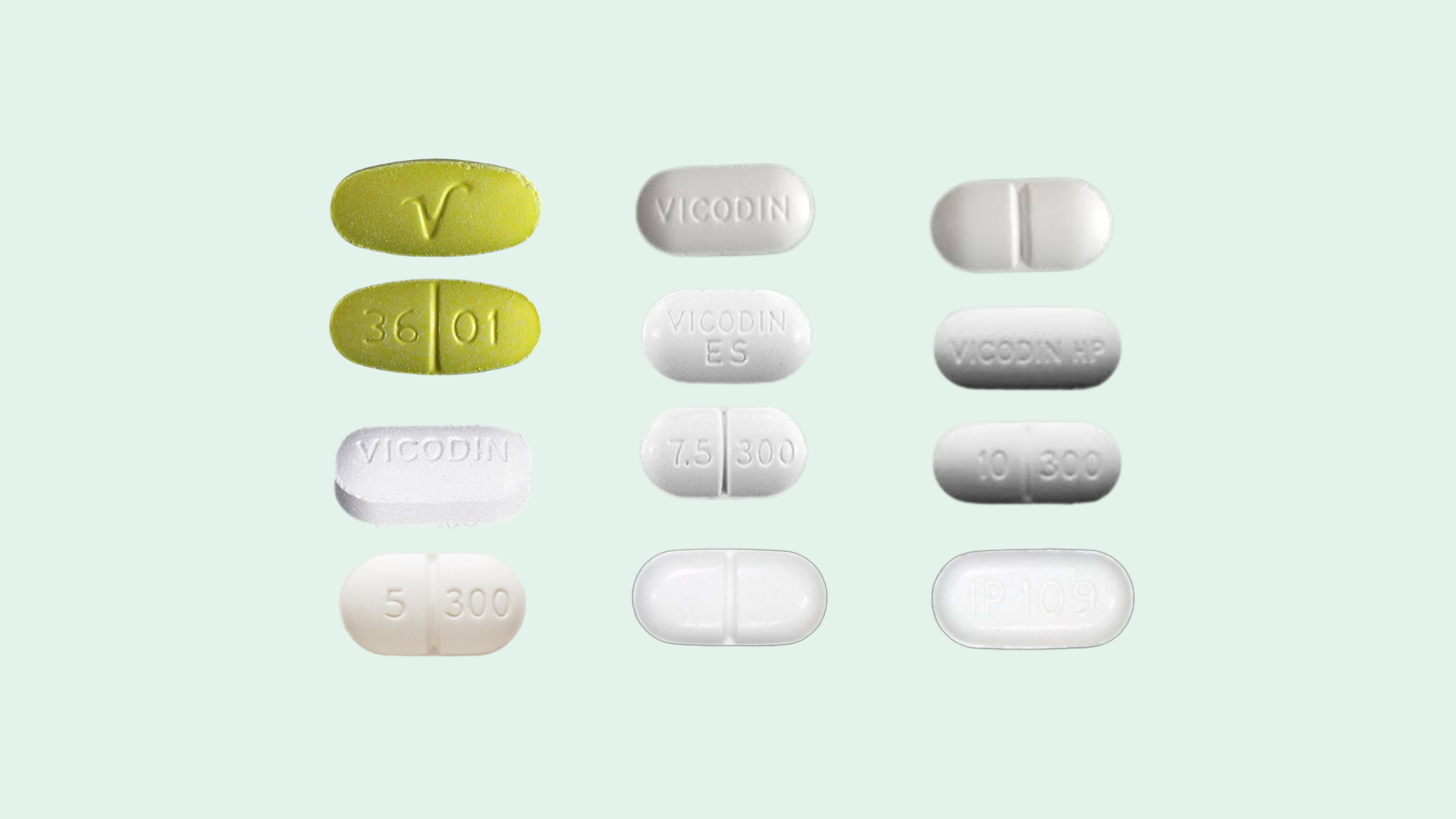Understanding Vicodin
Vicodin is a combination drug that contains hydrocodone and acetaminophen. It is commonly prescribed to manage moderate to severe pain. Hydrocodone is an opioid analgesic that alters the way the brain perceives pain, while acetaminophen enhances the pain-relieving effects of hydrocodone. Although Vicodin can effectively alleviate pain, it also carries the risk of abuse, addiction, and withdrawal symptoms when used improperly or for an extended period.
Withdrawal occurs when individuals abruptly stop or significantly reduce their use of Vicodin after prolonged and heavy use. Withdrawal symptoms can be uncomfortable and distressing but are not typically life-threatening. The severity and duration of withdrawal symptoms vary depending on factors such as the individual’s tolerance, the duration of Vicodin use, and the dosage.
Early withdrawal symptoms may include
- Agitation
- Anxiety
- Muscle aches
- Increased tearing
- Insomnia
- Runny nose
- Sweating
- Yawning
- Changes in appetite
As the withdrawal progresses, individuals may experience
- Abdominal cramping
- Diarrhea
- Dilated pupils
- Goosebumps
- Nausea
- Vomiting
- Flu-like symptoms
These symptoms can be physically and emotionally challenging, but they are part of the body’s natural healing process.
What Is the Vicodin Withdrawal Timeline?
The timeline for Vicodin withdrawal can vary from person to person. Typically, withdrawal symptoms begin within 12 hours of the last Vicodin use, peak within 72 hours, and gradually subside over the course of seven to ten days. However, individual experiences may differ, and psychological symptoms such as depression and anxiety can persist for several months.
What Is Vicodin Detox Like?
Detoxification, or detox, is the process of allowing the body to eliminate Vicodin and its byproducts while managing withdrawal symptoms. Detox can be challenging, but seeking professional help from a medical detox center can make the process safer and more comfortable.
During Vicodin detox, individuals are provided with medical supervision and support. Trained doctors and therapists can prescribe medications to alleviate withdrawal symptoms and monitor for any potential complications. The length of the detox process may vary depending on the individual’s needs and progress.
What Happens Next?
After completing the detoxification process, individuals are encouraged to continue their recovery journey through comprehensive treatment programs. Treatment options may include residential or outpatient programs, counseling, support groups, and other therapeutic interventions.
The goal of these programs is to address the underlying factors contributing to Vicodin addiction and equip individuals with the necessary tools and strategies to maintain long-term sobriety. Through therapy, individuals can explore the root causes of their addiction, develop healthy coping mechanisms, and learn relapse prevention strategies.
Recovery is a lifelong process, and ongoing support is crucial. Engaging in aftercare programs and participating in support groups can provide ongoing guidance, encouragement, and accountability. With the right support system and a commitment to personal growth, individuals can successfully overcome Vicodin addiction and lead fulfilling lives in recovery.
Vicodin detox and withdrawal can be challenging, but with professional help, individuals can safely navigate the process and begin their journey towards recovery. Understanding the symptoms, timeline, and available treatment options is essential for individuals seeking to break free from Vicodin addiction. By seeking help and engaging in comprehensive treatment programs, individuals can regain control of their lives and achieve lasting sobriety.

